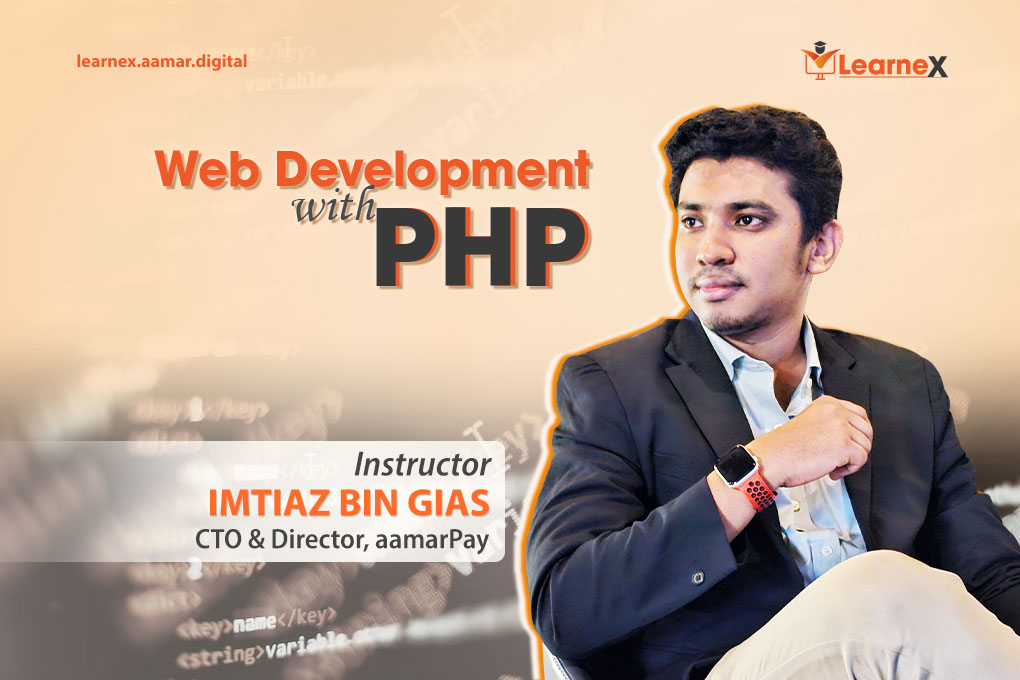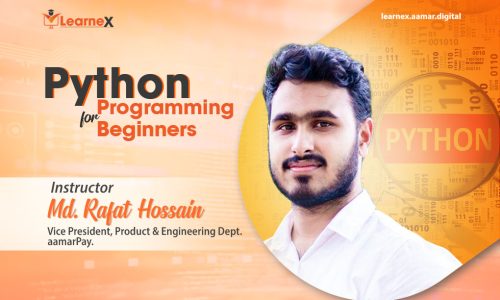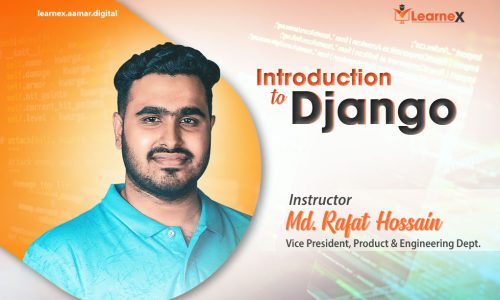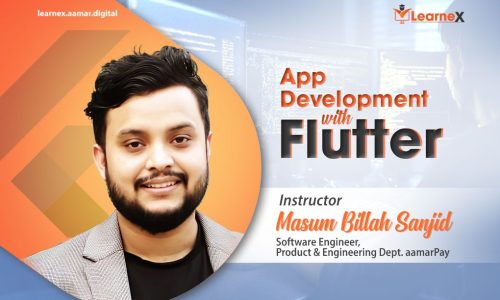COURSE DESCRIPTION
PHP is a server-side scripting language that is widely used for web development. It stands for Hypertext Preprocessor and is an open-source programming language that is easy to learn and use 123. PHP code is executed on the server, and the result is returned to the browser as plain HTML 1. PHP files can contain text, HTML, CSS, JavaScript, and PHP code 1. PHP can generate dynamic page content, create, open, read, write, delete, and close files on the server, collect form data, send and receive cookies, add, delete, modify data in your database, control user-access, and encrypt data 1. PHP is compatible with most web servers and operating systems, making it a versatile language for web development.
LEARNING OUTCOMES
- Over 39 lectures and 118 hours of content!
- LIVE PROJECT End to End Software Testing Training Included.
- Learn Software Testing and Automation basics from a professional trainer from your own desk.
- Information packed practical training starting from basics to advanced testing techniques.
- Best suitable for beginners to advanced level users and who learn faster when demonstrated.
- Course content designed by considering current software testing technology and the job market.
- Practical assignments at the end of every session.
- Practical learning experience with live project work and examples.
Course Features
- Lectures 39
- Quizzes 0
- Duration 118 hours
- Skill level All levels
- Language English
- Students 189
- Assessments Yes
Curriculum
- 17 Sections
- 39 Lessons
- 3 Weeks
- Lesson 1: Introduction to PHPPHP is a server-side scripting language that is widely used for web development. It stands for Hypertext Preprocessor and is an open-source programming language that is easy to learn and use 123. PHP code is executed on the server, and the result is returned to the browser as plain HTML 1. PHP files can contain text, HTML, CSS, JavaScript, and PHP code 1. PHP can generate dynamic page content, create, open, read, write, delete, and close files on the server, collect form data, send and receive cookies, add, delete, modify data in your database, control user-access, and encrypt data 1. PHP is compatible with most web servers and operating systems, making it a versatile language for web development.3
- Lesson 2: Setting Up Environment3
- Lesson 3: Variables and Data Types2
- Lesson 4: PHP Basics (Operators)3
- Lesson 5: PHP Basics - Control Structures3
- Lesson 6: Functions3
- Lesson 7: Arrays3
- Lesson 8: Handling Form Data3
- Lesson 9: Working with Files2
- Lesson 10: Introduction to Databases2
- Lesson 11: MySQL and PHP3
- Lesson 12: Session Management1
- Lesson 13: Cookies1
- Lesson 14: Introduction to PHP Frameworks (Optional)1
- Final Project1
- Additional Topics (Optional - Security Best Practices )3
- Additional Topics (Optional - API Integration)2









